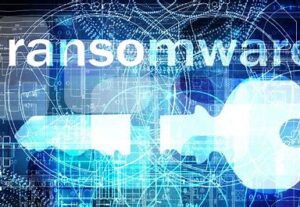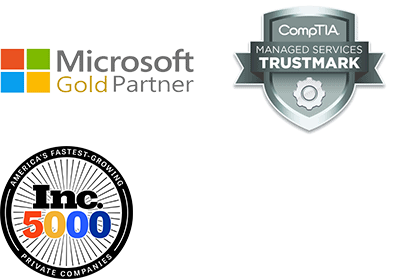There are two questions you can ask that will frame the strategy that will create an IT disaster recovery plan:
- What can’t we do without?
- How long can we go without it?
Being able to answer these two questions is vital to planning and budgeting. In companies that have a major loss in business data, 43% never reopen, 51% close within two years, and only 6% survive long-term. IT systems are obviously critical for any modern company. With 4-5% of your IT budget allocated to disaster recovery, you can ensure that your business will be able to avoid large losses in the event of an infrastructure and data disaster.
Prevention
So what can’t you do without? The answer to this question creates the backbone to your recovery plan. You should examine crucial:
- Applications
- Data
- Hardware
- Communications
- IT Infrastructure
Once you understand what pieces are absolutely necessary for business continuity, you can take the proper steps towards reducing and eliminating threats to continuity through taking preventative measures. Prevention of data loss using on-site and off-site backups can ensure you business will continue to run in the future. But simply having a backup doesn’t mean the backup will be immediately accessible and operable. Also, your backups might not be completely up-to date. The frequency of your backups plus their ability to be accessed will decide how long it will take to get your business back online. In Part 2, we will discuss what considerations need to be taken in order to get your business back online and operating.
How Quickly Can Your IT System Bounce Back From A Disaster?
Strap on your seat belts and prepare for a rough landing. While a solid disaster prevention strategy is crucial for your IT continuity, you still need a parachute in place when things hit the fan. By pinpointing mission critical, applications, data, hardware, communications, and IT Infrastructure, keeping your finger on the pulse of your IT will be much more manageable. When you know what is critical the second a disaster strikes, you’ll be ready to jump into corrective measures.
Getting Back Online
At this point, disaster has struck and was detected. Now, this is when the answer to, “How long can you do without your data?” comes into play. There are seven tiers to disaster recovery. Depending on what tier you’ve chosen for backing up your IT, the outcome can range from no possible recovery to no down time incurred. Every level of disaster recovery comes at a different cost. The longer your business can endure without recovery, the less expensive your backup solution will be. But if your business can fold in seconds due to an outage, it will be worth the investment in real-time loss prevention.
Most cloud services have the best recovery features built right into them. Ten years ago, it might have been a good idea to invest in your own hardware, software, and processes for recovery. Today, with cloud technologies, having the ability to connect to the cloud is all you might need. If you haven’t prepared your business for cloud services, a disaster will leave your business in a vary vulnerable position. Here’s what you need to make sure of (this is the lowest form of backup recovery we’d recommend.:
- There is at least one off-site, recent backup of your data
- There is at least one on-site, recent backup of your data
- There is a distinct process for getting your computers back online with the most recent data possible
- The process is timely
Ideally, all of your data is backed up daily, or even better, in real time into the cloud. With real-time monitoring, an automated system can detect a fault in the operations and instantaneously move your business online using the real time backup. While this is the ideal solution, it isn’t necessarily a solution every one can afford to do on their own. Having this capability in-house is out of reach for most businesses but that is where cloud services excel.
Through outsourcing your IT using cloud services, anyone can receive a top tier IT disaster recovery infrastructure. As long as there is access to the Internet, your business will be recovered and operable using any Internet connection without worry of data loss.
The Cloud
When it comes to disaster recovery, the cloud is unparalleled in its ability to offer top tier services at an affordable rate. There is no better system of prevention, detection, and recovery than what a cloud service can provide. Using cloud backup services, your office hardware is replaceable without worry of data loss. Once you have hardware and an Internet connection, your business can continue as usual. Don’t let a natural or man made disaster be the end of your business. Just because you’ve lost your office and computers doesn’t mean you’ve lost your entire business. With proper disaster recovery procedures and cloud solutions, you will be able to maintain operations well into the future.





